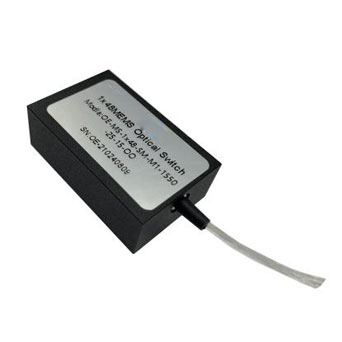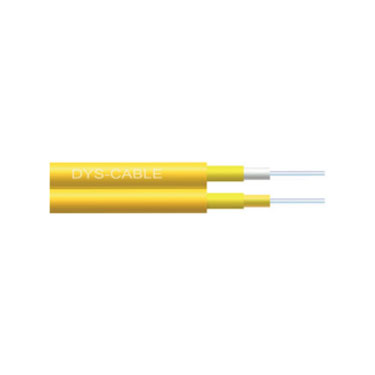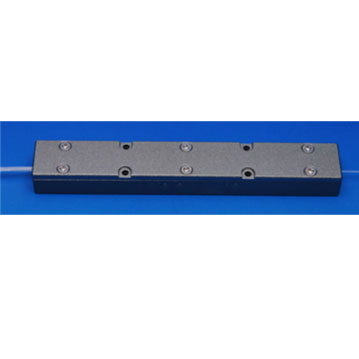Ⅰ. What is the optical transceiver?
In essence, optical transceiver only completes the data conversion between different media, and can realize the connection between two switches or computers within 0-120Km, but the practical application has more extensive. Optical fiber transceivers, also known as fiber optic transceivers, are classified into different types. In practice, most of the attention is paid to the types of optical fiber transceivers with SC connectors and FC/ST connectors. When you use an optical transceiver to connect different devices, you must use different ports.
Ⅱ. The basic characteristics of optical transceiver
1. Complete transparency to network protocols.
2. Provide ultra-low delay data transmission.
3. Support ultra-wide operating temperature range.
4. The use of special ASIC chip to achieve data wire speed forwarding. The programmable ASIC integrates multiple functions into one chip, and has the advantages of simple design, high reliability, and less power consumption, thus achieving higher performance and lower cost.
5. The network management equipment can provide network diagnosis, upgrade, status report, abnormal situation report and control and other functions, can provide complete operation log and alarm log.
6. Rack type equipment can provide hot swap function, easy maintenance and uninterrupted upgrade.
7. Support complete transmission distance (0 ~ 120 km).
8. The equipment adopts 1+1 power supply design, support super wide power supply voltage, realize power protection and automatic switching.
Ⅲ. Advantages of optical transceiver
When it comes to optical transceivers, people often compare optical transceivers with switches with optical ports. The following focuses on the advantages of optical transceivers over optical ports.
First of all, the price of optical transceivers and common switches is much cheaper than that of optical switches. In particular, some optical switches may lose one or even several electrical ports after adding optical modules. In this way, operators can reduce the initial investment to a large extent.
Secondly, most of the optical modules of the switch do not have a unified standard, so once the optical module is damaged, it needs to be replaced with the same module from the original manufacturer, which brings great trouble to the later maintenance. However, optical transceiver devices of different manufacturers have no problems in interconnection, so once damaged, they can be replaced by products of other manufacturers, which is very easy to maintain. In addition, optical transceivers are more complete than optical switches in terms of transmission distance.

 EN
EN



